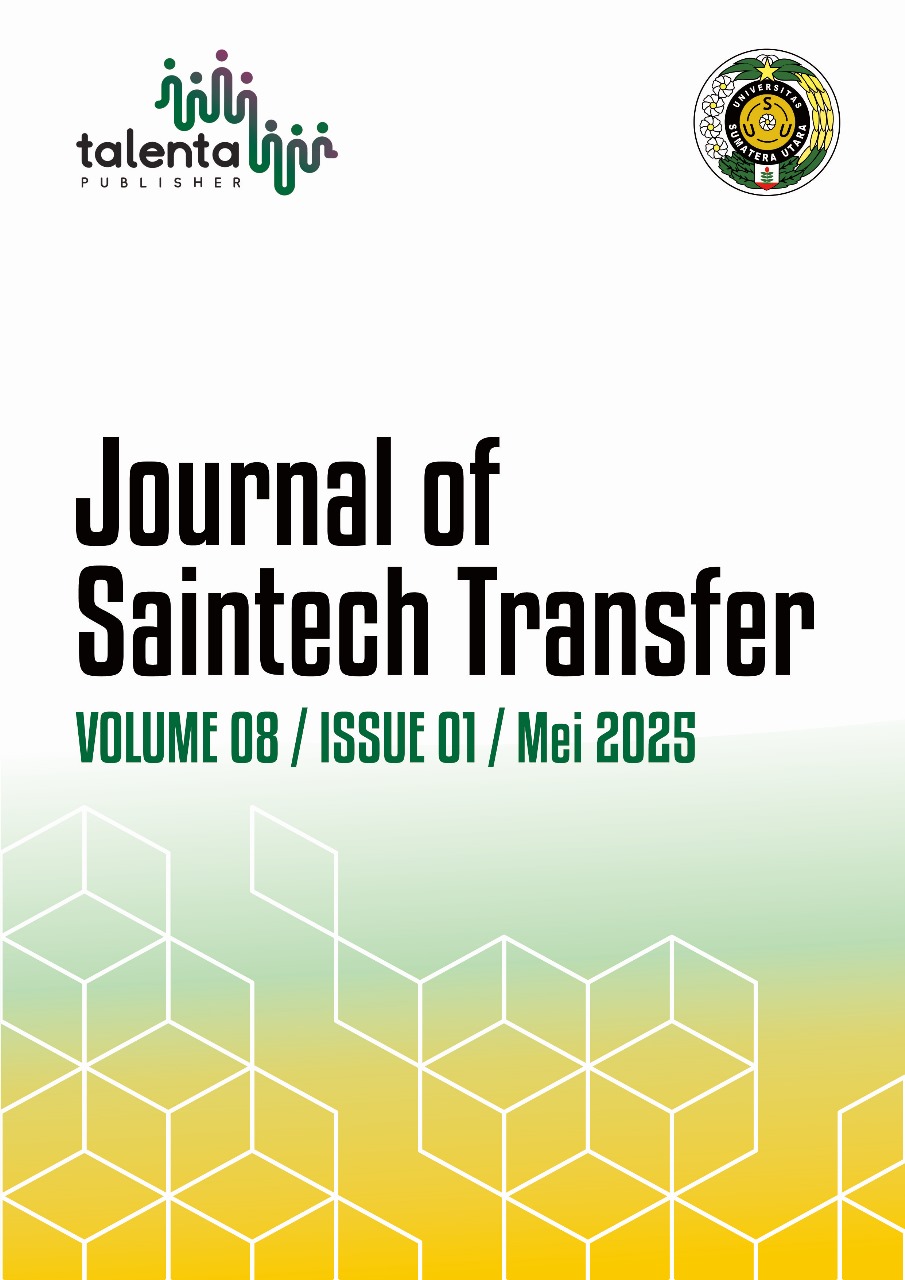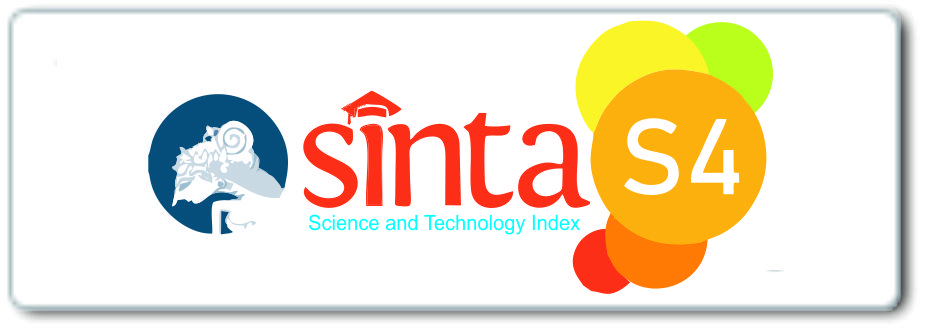Community service and empowerment of abandoned ponds through mangrove rehabilitation activities with an ecological and hydrological approach in Percut Sei Tuan, North Sumatra
DOI:
https://doi.org/10.32734/jst.v8i1.18712Abstract
Mangrove rehabilitation using ecological and hydrological approaches presents a viable solution for restoring abandoned ponds and enhancing coastal ecosystem health in Percut Sei Tuan, North Sumatra. This study examines the impact of a community-driven initiative focused on the re-establishment of native mangrove species, including Rhizophora apiculata and Avicennia marina, within degraded coastal areas. Over the first year, the project achieved a survival rate of 80% for planted seedlings, contributing to increased biodiversity and improved sediment stabilization. Hydrological assessments indicated significant enhancements in water quality, with reductions in turbidity levels by 30% and increases in dissolved oxygen concentrations by 25% post-rehabilitation. Community involvement has been crucial, with over 150 local participants engaged in planting, monitoring, and sustainable livelihood activities objectivity. Training sessions have led to the development of alternative income sources, including sustainable aquaculture practices that align with mangrove conservation efforts. Preliminary economic assessments indicate a potential income increase of 20% for households involved in traditional fishing practices compared to ecotourism and aquaculture. This initiative not only restores ecological functions but also fosters community empowerment and economic resilience. Future directions include further species diversification, enhanced integration of ecotourism, and the establishment of adaptive management frameworks to ensure the long-term sustainability of mangrove ecosystems.
Downloads
References
Mangrove rehabilitation using ecological and hydrological approaches presents a viable solution for restoring abandoned ponds and enhancing coastal ecosystem health in Percut Sei Tuan, North Sumatra. This study examines the impact of a community-driven initiative focused on the re-establishment of native mangrove species, including Rhizophora apiculata and Avicennia marina, within degraded coastal areas. Over the first year, the project achieved a survival rate of 80% for planted seedlings, contributing to increased biodiversity and improved sediment stabilization. Hydrological assessments indicated significant enhancements in water quality, with reductions in turbidity levels by 30% and increases in dissolved oxygen concentrations by 25% post-rehabilitation. Community involvement has been crucial, with over 150 local participants engaged in planting, monitoring, and sustainable livelihood activities objectivity. Training sessions have led to the development of alternative income sources, including sustainable aquaculture practices that align with mangrove conservation efforts. Preliminary economic assessments indicate a potential income increase of 20% for households involved in traditional fishing practices compared to ecotourism and aquaculture. This initiative not only restores ecological functions but also fosters community empowerment and economic resilience. Future directions include further species diversification, enhanced integration of ecotourism, and the establishment of adaptive management frameworks to ensure the long-term sustainability of mangrove ecosystems.
Downloads
Published
How to Cite
Issue
Section
License
Copyright (c) 2025 Journal of Saintech Transfer

This work is licensed under a Creative Commons Attribution-ShareAlike 4.0 International License.












